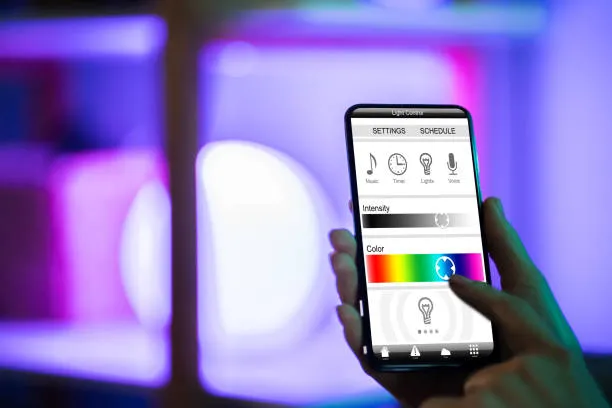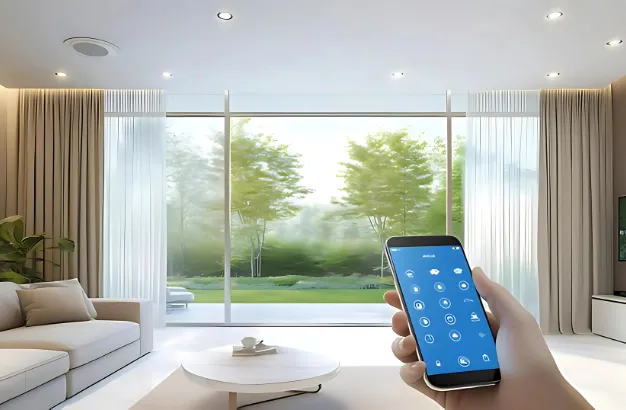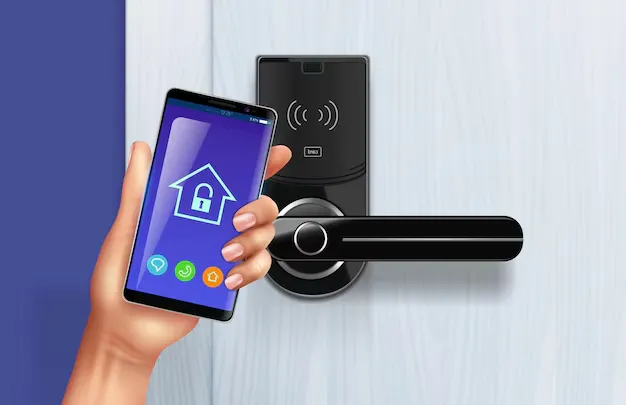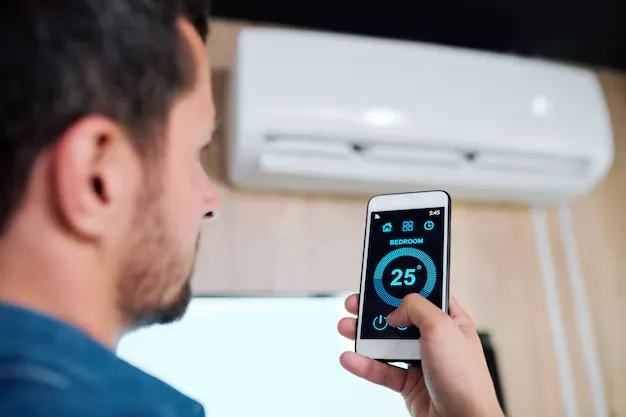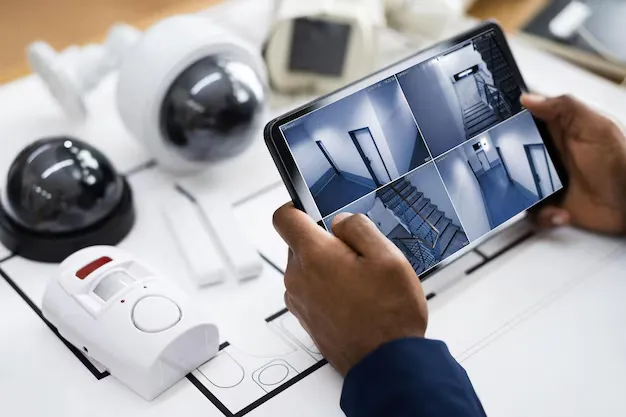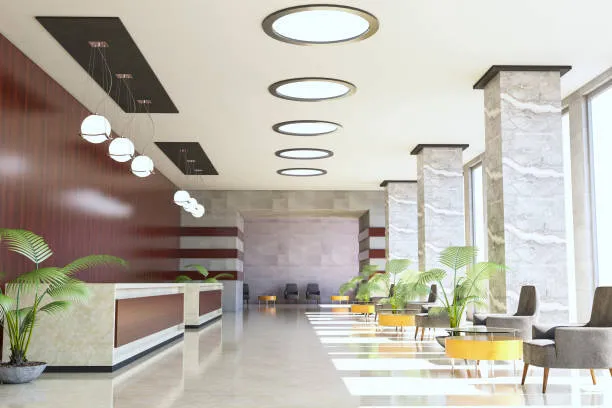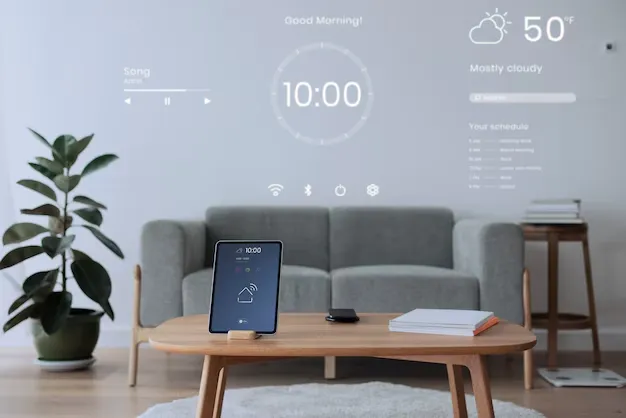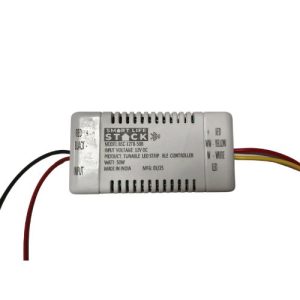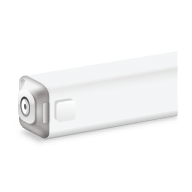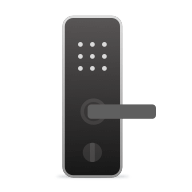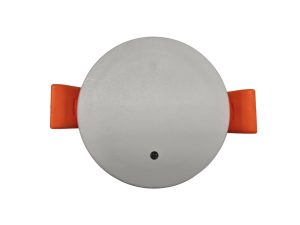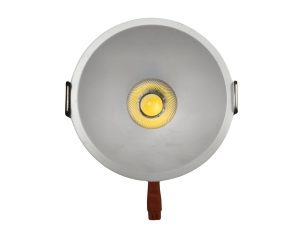Control Every Device With Just One Click Using Our Home Automation System
- Zero Maintenance Cost With 3 years Warranty
- Control Your Home From Anywhere
- Customizable Scenes With Scheduling option
- Effortless Integration With Energy Savings
- Voice Control With Alexa & Google Home
- Save 40% on Wiring & Make Your Home Smart at an Affordable Cost
Book Your Free Demo Now!
Thank You!
Your request has been submitted successfully.
Enhanced Living Solutions With Using Our Home Automation System!!
Smart Living Made Easy with Leading Home Automation Brands
Smartlifestack brings you effortless home automation with top-tier integrations.
Enjoy complete control over your smart devices and systems, creating a personalized and convenient living space.
Smartlifestack Provides Best Home Automation Experience
Get Started Today!
Experience the comfort and convenience of a fully automated home. Contact us now for a free consultation, and let us help you build a smarter home today.
Experience Seamless Home Automation with Scene Switches
Transform your home with our smart automation system, designed for ease and convenience. With our simple scene switches, you can control multiple devices with just one touch. Customize settings to fit your routine, whether it's dimming the lights for a relaxing evening, brightening your home in the morning, or setting the perfect ambiance for any occasion. Our system adapts to your lifestyle, delivering a seamless experience that makes managing your home effortless. Enjoy the comfort and control of true home automation!

Why To Choose Home Automation From Smartlifestack?
Hassle-Free Installation
Our smart switches and devices are super easy to set up—no complicated steps, just quick and simple installation!
No Wires, No Drilling – Just Easy Setup
Enjoy a fully automated home without the hassle! Our wireless solutions require no wiring or drilling, keeping your space clean and mess-free.
Control Everything with Your Voice
Hands-free living made simple! Just use voice commands to control all your smart home devices effortlessly.
Control From Anywhere
Our system allows you to access and manage your entire home automation system setup from virtually anywhere in the world. Whether you're on vacation or at work, you can adjust settings, monitor security, and control devices directly from your smartphone, or tablet. Stay connected and in control no matter where you are.
Customizable Scenes
With our customizable scenes, you can create personalized settings to match different moods, times of day, or activities. Whether it's movie night, a cozy evening, or a bright morning, you can adjust your lighting, music, temperature, and more with a single tap. Tailor your environment to suit your lifestyle effortlessly.
Completely Wireless
Say goodbye to clutter and complex wiring. Our wireless technology ensures a sleek and modern look, with no need for intrusive cables. This not only enhances the aesthetic of your home but also makes installation easier and more flexible.
One Stop Solutions
Smartlifestack provide a comprehensive home automation package that includes everything you need to transform your living space into a smart home. From lighting and climate control to security and entertainment, our system covers all aspects of home automation in a seamless, integrated solution.
3-Years Warranty
We stand behind the quality of our products and services. That's why we offer a robust 3-year warranty on all our home automation systems. This warranty covers repairs and replacements, giving you peace of mind and ensuring that your investment is protected for years to come.
Hassle-Free Experience
Designed with user convenience in mind, our system is incredibly easy to set up and use. We handle the entire process for you, from initial consultation and design to installation and training. You can enjoy a smooth, stress-free experience with minimal effort on your part.
Best Home Automation Company In Mumbai
With Reliable Execution & Technical Support Services!
Smartlifestack is the Best home automation company in Mumbai, specializing in integrating smart home systems and providing tailored solutions for your home. Our systems offer comfort, independence, and safety by keeping you connected to your loved ones, ensuring a better quality of life at home.
We handle all aspects of home automation and smart home automation services in Mumbai, ensuring seamless installation and support. With our expertise, we have completed numerous home automation projects for clients and have also supported other professionals by designing and integrating smart systems.
If you're planning a home automation project, think about your current and future needs to ensure your system can adapt over time. Trust our certified professionals in Mumbai to guide you and provide the best curtain automation, light automation, washroom automation & fan Automation solutions for your requirements.
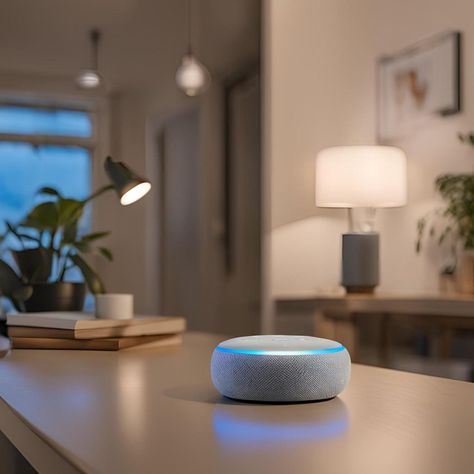
Smartlifestack Provides Top-Quality Smart Home Devices and Takes Pride in Delivering Reliable Automation Solutions
Testimonials
Our Happy Customers!




Frequently Asked Questions
We offer customer support and installation assistance. Additionally, there are professional services available to help with the setup, troubleshooting, and maintenance of your system.
The cost of home automation varies based on the devices and system you choose. Basic setups can be affordable, while more comprehensive systems may require a larger investment. There are options available for various budgets.
Yes, our home automation systems allow remote control through smartphone apps. This means you can monitor and control your devices from anywhere, as long as you have internet access.
You can automate a wide range of devices, including lights, thermostats, security cameras, door locks, blinds, appliances, and entertainment systems. The options are vast and depend on your needs and preferences.
You can automate an existing home without needing to rebuild or make significant changes. Many home automation devices are designed to be easily installed and can integrate with your current systems.
Home automation offers lot of benefits, including improved security, energy efficiency, and convenience. It allows you to monitor and control devices remotely, automate routine tasks, and customize your home environment to suit your preferences.

